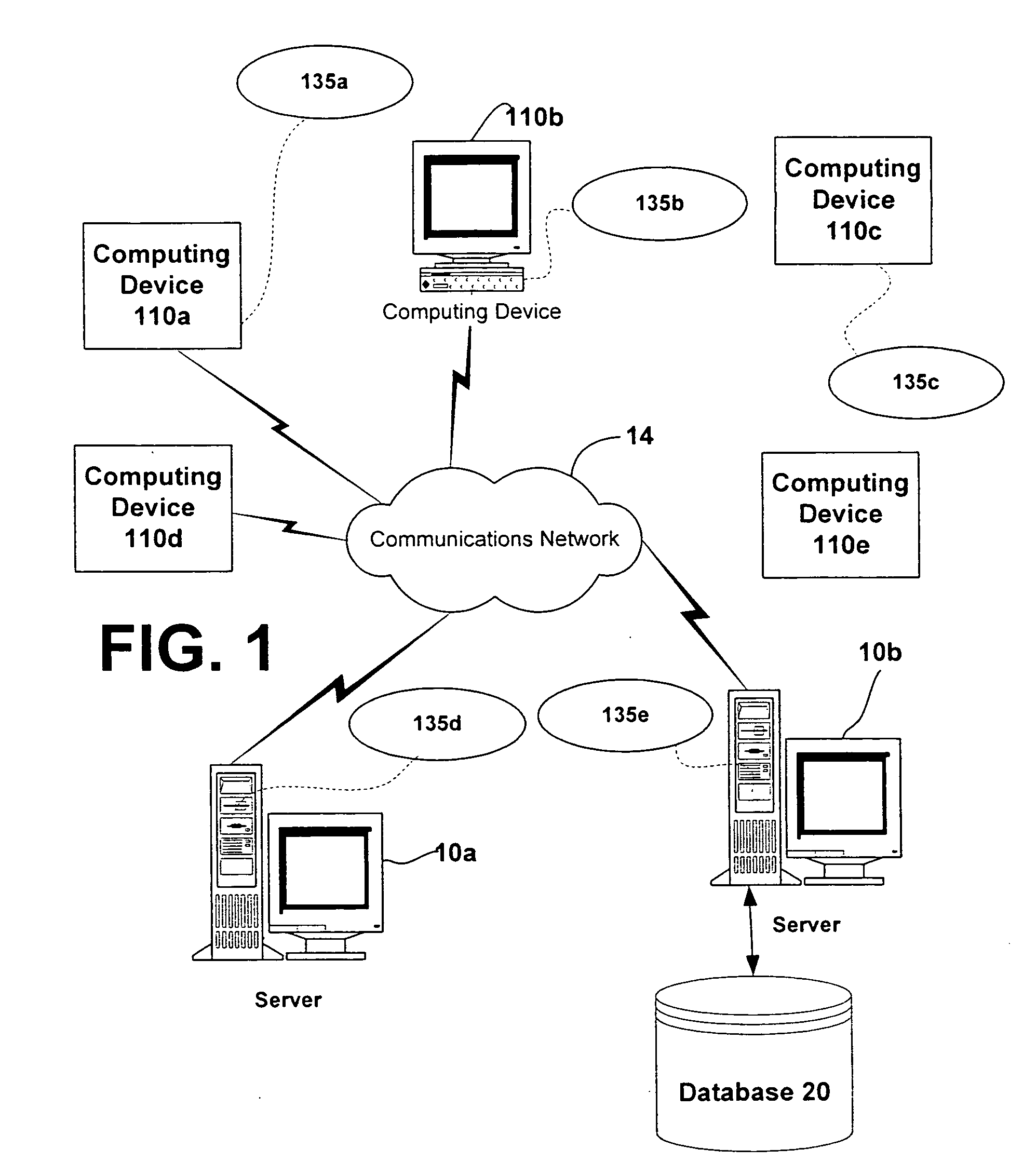System and methods for providing automatic classification of media entities according to tempo
a technology of automatic classification and media entities, applied in the field of system and methods for providing automatic classification of media entities according to tempo properties, can solve the problems of complex classification, no consistent, concise, agreed-upon system for such annotations, and difficulty in classifying information that has subjectively perceived attributes or characteristics. the effect of improving the classification of media entities
- Summary
- Abstract
- Description
- Claims
- Application Information
AI Technical Summary
Benefits of technology
Problems solved by technology
Method used
Image
Examples
Embodiment Construction
Overview
[0046] With respect to a classification system for classifying media entities that merges perceptual classification techniques and digital signal processing classification techniques, the present invention provides a system and methods for automatically classifying and characterizing tempo properties of media entities. Tempo may be described as the rate of motion or activity, or as the rate of speed of a musical piece or passage indicated by one of a series of directions e.g., largo, presto, or allegro.
[0047] Such a method and system may be useful in the indexing of a database or other storage collection of media entities, such as audio files, or portions of audio files. The methods also help to determine songs that have similar, or dissimilar as a request may indicate, sonic properties by utilizing classification chain techniques that test distances between media entities in terms of their properties. For example, a neighborhood of songs may be determined within which ea...
PUM
 Login to View More
Login to View More Abstract
Description
Claims
Application Information
 Login to View More
Login to View More - R&D
- Intellectual Property
- Life Sciences
- Materials
- Tech Scout
- Unparalleled Data Quality
- Higher Quality Content
- 60% Fewer Hallucinations
Browse by: Latest US Patents, China's latest patents, Technical Efficacy Thesaurus, Application Domain, Technology Topic, Popular Technical Reports.
© 2025 PatSnap. All rights reserved.Legal|Privacy policy|Modern Slavery Act Transparency Statement|Sitemap|About US| Contact US: help@patsnap.com



